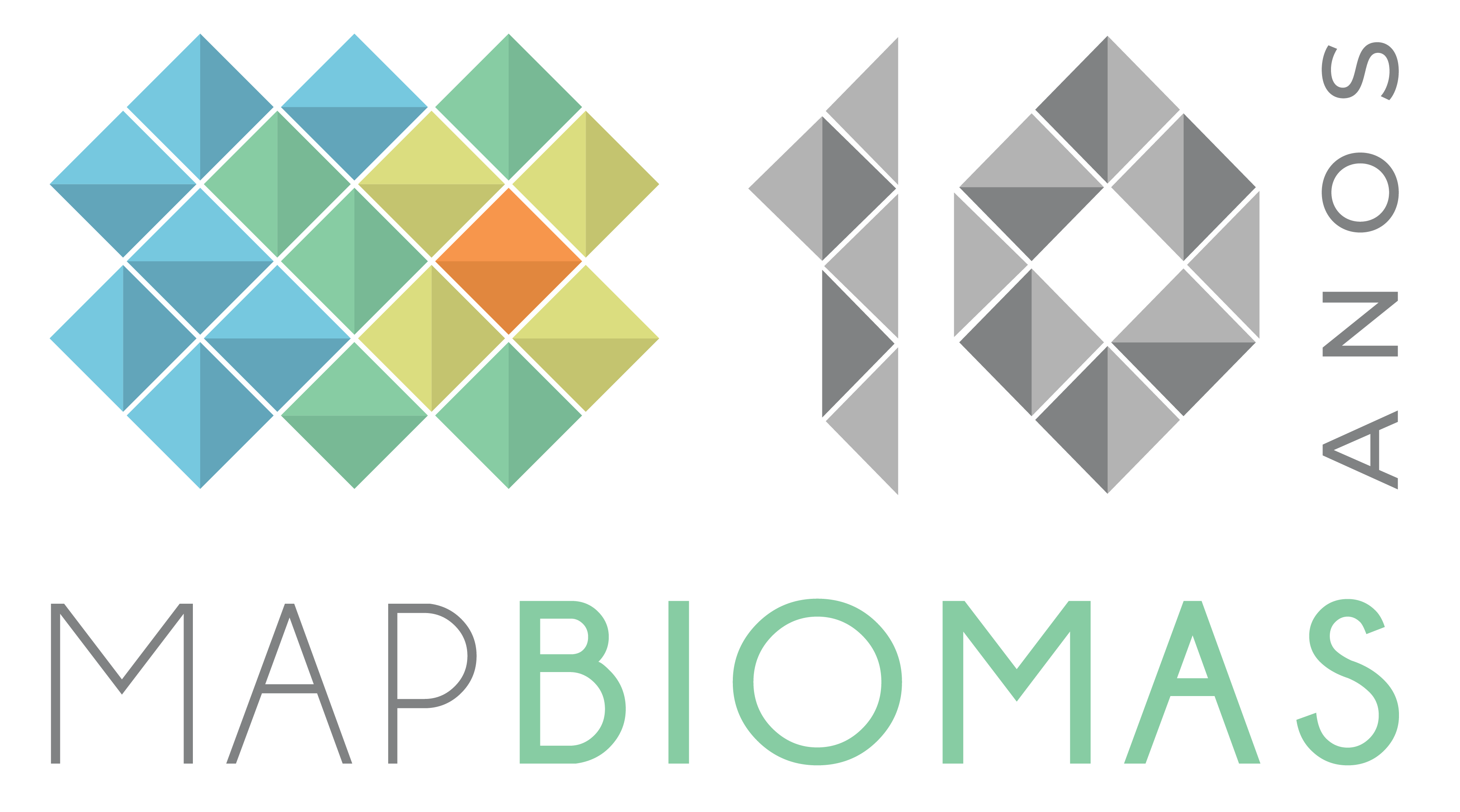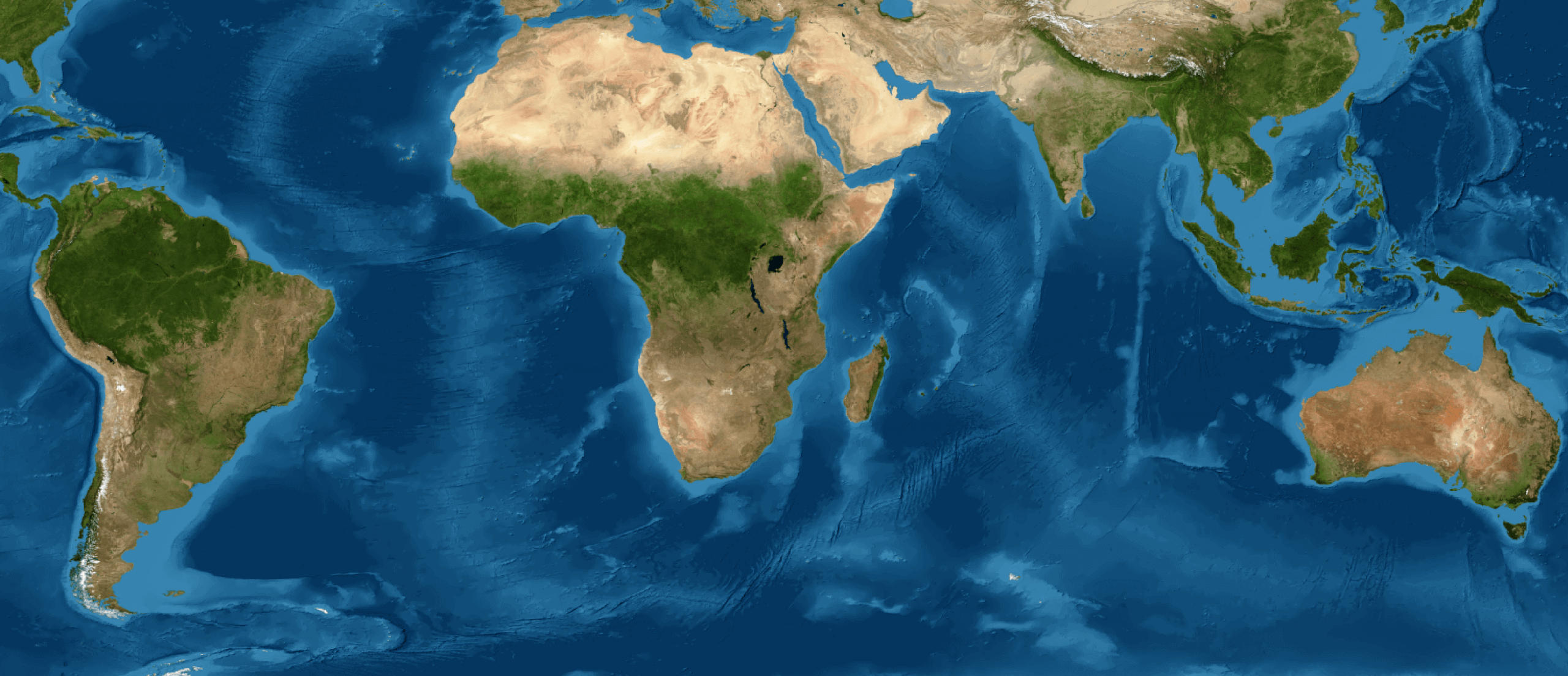We present a synthesis of the methods and concepts of the Degradation beta Module available in the MapBiomas Brasil platform. To obtain more methodological details, access the document ATDB Algorithm Theoretical Basis Document.https://doi.org/10.58053/MapBiomas/XPA9ZB)
This module allows for the analysis of degradation vectors of native vegetation in Brazilian biomes from 1986 to 2021. The degradation vectors were calculated using the annual land use/cover maps from MapBiomas Brasil Collection 8 and the annual fire scar maps from MapBiomas Fogo Collection 2.
The degradation vectors considered in this first version of the module include: the size and isolation of native vegetation fragments, their edge area, the frequency of fire and the time since the last burn, as well as the age of the secondary vegetation.
The effects of each of these vectors can be analyzed in isolation or together, by combining parameters from each vector. This approach allows for multi-criteria analyses and for different territories (e.g., biomes, country, states, municipalities, hydrographic basins, and protected areas).
Due to the specific characteristics of each region, the platform allows users to choose the intervals that represent susceptibility to degradation in the desired area. For edge area, various size class options are available on the platform (less than or equal to 30m to less than or equal to 1000m). Fragment size can vary between areas equal to or less than 3 hectares up to areas equal to or less than 75 hectares. For isolation, it is possible to define the parameters for distance (more than 5km to more than 25km), size of the source fragment (greater than 100m to greater than 1000m), and size of the target fragment (less than 25ha to less than 100ha). The age of the secondary vegetation, fire frequency, and time since the last fire can vary from 1 to 37 years (Table 1).
Table 1: Degradation vectors of native vegetation in Brazil in the MapBiomas Degradation Module.
| Degradation Vector | Description | Classes | Unit | |
| Fragmentation | Edge Area | native vegetation area affected by contact with anthropized areas | ≤30, ≤60, ≤90, ≤120, ≤150, ≤300, ≤600, ≤1000 | m |
| Fragment Size | area of a native vegetation fragment in the landscape | ≤3, ≤5, ≤10, ≤25, ≤50, ≤75 | ha | |
| Isolation | relação da distance between native vegetation source fragments and target fragments | distance | km | |
| Source Fragment | ha | |||
| fragmento alvo: ≤25, ≤50, ≤100 | ha | |||
| Fire | Fire Frequency | number of times the area was burned in the period (1986 to 2021) | 1 to 37 | Times |
| Time since the last fire | age when the fire event last occurred | 1 to 37 | years | |
| Secondary Vegetation | age of secondary vegetation | time that a deforested area returned to be considered native vegetation | 1 to 37 | years |
DEGRADATION VECTORS
Edge Area: native vegetation area affected by contact with anthropized areas
These areas are more exposed to the negative effects of winds, solar radiation, and the drift of agrochemicals applied in adjacent crops. Furthermore, they may suffer higher rates of animal predation and are more susceptible to human-induced fires (Figure 1).

Figure 1 Conceptual scheme on edge effects on native vegetation.
Fragment Size: area of a native vegetation fragment in the landscape.
The size of native vegetation fragments has a direct relationship with the quantity and variety of the present fauna and flora. The smaller the fragment, the greater the risk of local species extinctions, the lower the probability of recolonization by individuals coming from other fragments, and the larger the proportion of edge effects (Figure 2).

Figure 2 Conceptual scheme on the effect of reducing the size of native vegetation fragments on biodiversity.
Isolation: relationship of the distance between native vegetation source fragments and the target fragments.
The definition of which fragments are considered isolated is established here by combining three factors that can be selected by the user:
- Size of source fragments (origin): minimum area of native vegetation fragments that serve as the source of individuals to occupy other neighboring fragments (target).
The options for size intervals are the following: ≥100 ha, ≥ 500 ha, or ≥ 1000 ha.
The higher the value, the lower the number of source fragments in the landscape, resulting in a greater number of fragments considered isolated.
- Distancedistance, in kilometers, from which individuals from source fragments cannot reach target fragments.
The distance options are the following: ≥ 5 km, ≥ 10 km, or ≥ 20 km.
The greater the distance, the lower the number of fragments considered isolated in the landscape.
- Size of target fragments: maximum area that defines which native vegetation fragments receive individuals coming from the source fragments.
The options for size intervals are the following: ≤ 25 ha, ≤ 50 ha, or ≤ 100 ha.
The higher the value, the greater the number of target fragments considered isolated in the landscape (Figures 3 and 4).
The isolation of native vegetation fragments has negative consequences for biodiversity, preventing isolated fragments from receiving new individuals or colonizing species from the source fragments (origin).

Figure 3 Conceptual scheme on the effect of distance in defining fragments near or isolated from the source fragment.

Figure 4 Conceptual scheme on the scenario with the highest degree of isolation of fragments in the landscape available in the degradation module.
Fire Frequency: number of times the area was burned in the period (1986 to 2021).
Time since the last fire: age (in years) when the fire event last occurred.
Fire in native vegetation may or may not represent a degradation factor. This is because some types of natural vegetation, such as grasslands and savannas, have an evolutionary history of adaptation to fire. In contrast, forest ecosystems not adapted to fire are more susceptible to fire-caused degradation. Forest fires in these areas result in loss of biodiversity, soil degradation, and changes in vegetation structure. On the other hand, the exclusion of fire in grasslands and savannas can lead to woody encroachment.

Figure 5 Conceptual scheme on the effects of fire frequency and time since the last fire on native vegetation.
Age of Secondary Vegetation: time (in years) that a deforested area returned to be considered native vegetation.
The Secondary vegetation is the area that was previously deforested and is in the process of regenerating native vegetation. As the years pass, secondary vegetation shows a greater number of species, a larger quantity of biological interactions, and an increase in the structural complexity of the habitat. Therefore, more advanced ages of secondary vegetation are less susceptible to degradation (Figure 6).


Figure 6 Conceptual scheme on the relationship between the age of secondary vegetation and the susceptibility to degradation.

